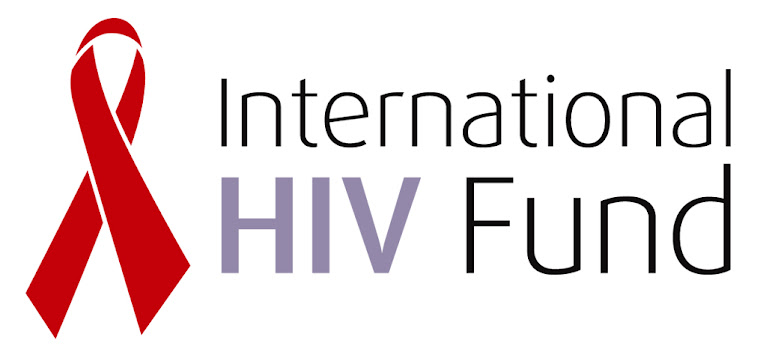Mango was arrested last Thursday afternoon for killing several men, women, and children. The authorities had been on his track for a while but owing to the lack of a coordinated effort by those in charge he was allowed to go and claim more victims. After his arrest, something shocking happened. Someone had unwittingly left the jail door open and allowed him to escape. His whereabouts are unknown but the people whose lives he has affected is very clear to see.
Who is Mango?
Who is Mango?
Mango represents the story of HIV and AIDS, a killer on the loose in society. Since 1981 HIV and AIDS has killed over 25 million Muslims and non-Muslims around the world. Another 33 million people are living with the effects of its attack.








